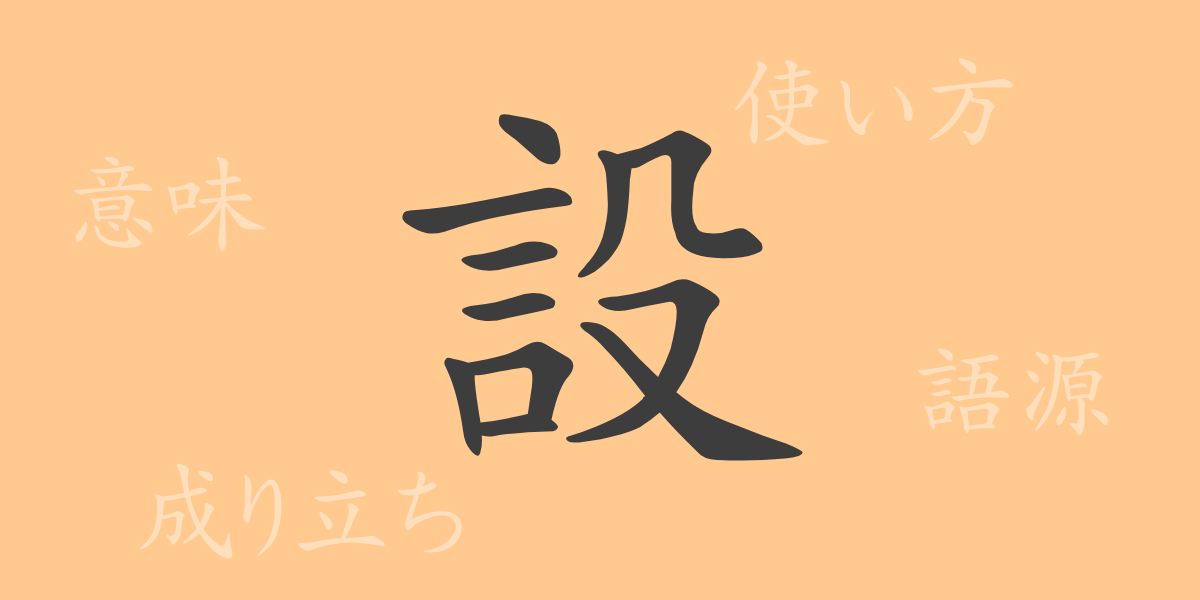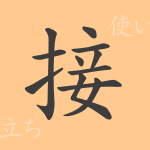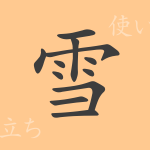The beauty of the Japanese language lies in its rich expressiveness. Each kanji carries deep meanings, resonating through the words it forms. In this article, we delve into the kanji “設” (セツ), exploring its origins, meanings, usage, and expressions through phrases and idioms. Let’s embark on a journey to uncover the background of this commonly seen kanji and how it integrates into our speech, shedding light on its fascinating backdrop.
Origins of 設 (セツ)
The kanji “設” originated from ancient Chinese scripts. It combines “言” (words) with “殳” (indicating people or objects), initially symbolizing the act of conveying something through words. Traditionally used during oath-taking ceremonies before the gods, it lent gravity to the act of ‘establishing’ something. Over time, “設” evolved to mean ‘to plan’ or ‘to assume,’ and these uses have been widely adopted in modern Japanese.
Meaning and Usage of 設
“設” is used in words like “設ける” (to establish), “設計” (design), and “設定” (setting), implying the creation or planning of something, or setting up a premise. It also appears in “設問” (question), posing questions that prompt reflection. Thus, “設” plays a crucial role in shaping unseen concepts and plans into tangible forms in our daily lives.
Readings, Stroke Count, and Radical of 設
The kanji “設” embodies the richness of Japanese expression both in form and meaning:
- Readings: On’yomi (Sino-Japanese reading) is “セツ”, Kun’yomi (native Japanese reading) is “もうける” (to establish).
- Stroke Count: “設” consists of 11 strokes.
- Radical: The radical is “言” (words), emphasizing its connection to communication and establishment.
Phrases and Idioms Using 設
There are numerous idioms and phrases involving “設”, each reflecting its versatility:
- 設計図 (せっけいず): Blueprint or detailed design.
- 前提条件 (ぜんていじょうけん): Preconditions necessary before starting something.
- 仮設工事 (かせつこうじ): Temporary construction work.
- 設問 (せつもん): A question in a test or examination.
These expressions demonstrate how “設” helps materialize abstract concepts, enriching our understanding and interaction with the world.
Conclusion on 設
Through this article, you have gained insight into the multifaceted meanings and applications of the kanji “設”. As a foundation of planning and assumption, “設” is indispensable in our communication. Understanding its role not only deepens our appreciation of the Japanese language but also aids in carefully selecting words to convey intentions precisely. Whenever you encounter “設”, remember the rich history and profound meanings it carries.

























